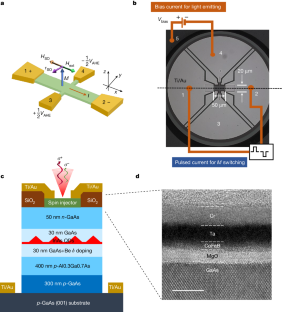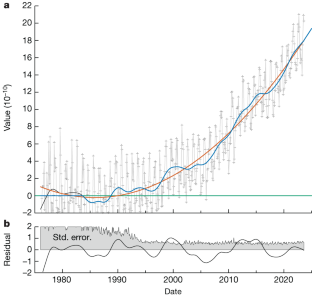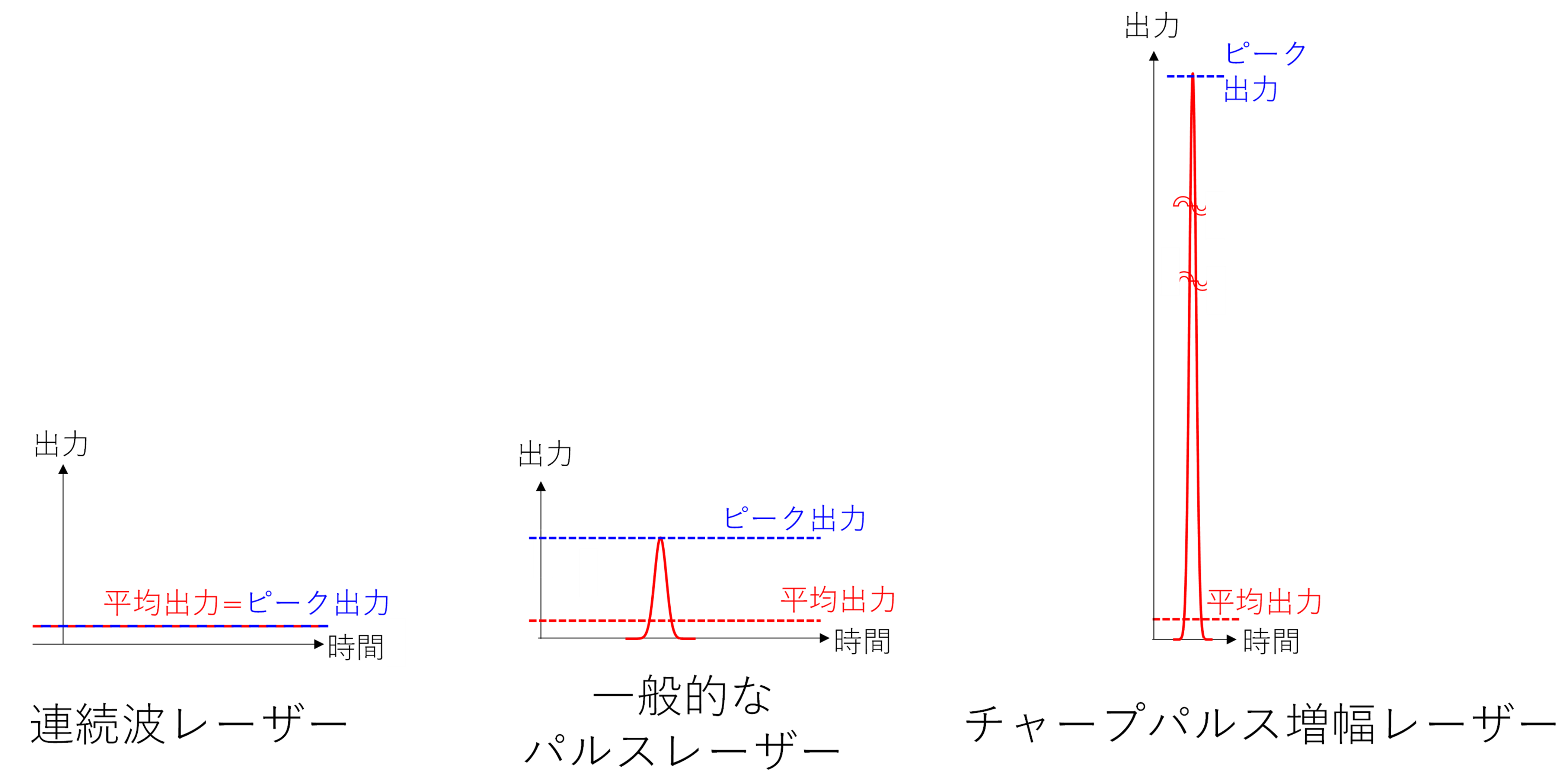2024-03-28 バッファロー大学(UB)
<関連情報>
- https://www.buffalo.edu/news/releases/2024/03/transporting-spin-information-at-the-speed-of-light.html
- https://www.nature.com/articles/s41586-024-07125-5
電気的磁化スイッチングで光のヘリシティを制御する Controlling the helicity of light by electrical magnetization switching
Pambiang Abel Dainone,Nicholas Figueiredo Prestes,Pierre Renucci,Alexandre Bouché,Martina Morassi,Xavier Devaux,Markus Lindemann,Jean-Marie George,Henri Jaffrès,Aristide Lemaitre,Bo Xu,Mathieu Stoffel,Tongxin Chen,Laurent Lombez,Delphine Lagarde,Guangwei Cong,Tianyi Ma,Philippe Pigeat,Michel Vergnat,Hervé Rinnert,Xavier Marie,Xiufeng Han,Stephane Mangin,Juan-Carlos Rojas-Sánchez,… Yuan Lu
Nature Published:27 March 2024
DOI:https://doi.org/10.1038/s41586-024-07125-5

Abstract
Controlling the intensity of emitted light and charge current is the basis of transferring and processing information1. By contrast, robust information storage and magnetic random-access memories are implemented using the spin of the carrier and the associated magnetization in ferromagnets2. The missing link between the respective disciplines of photonics, electronics and spintronics is to modulate the circular polarization of the emitted light, rather than its intensity, by electrically controlled magnetization. Here we demonstrate that this missing link is established at room temperature and zero applied magnetic field in light-emitting diodes2,3,4,5,6,7, through the transfer of angular momentum between photons, electrons and ferromagnets. With spin–orbit torque8,9,10,11, a charge current generates also a spin current to electrically switch the magnetization. This switching determines the spin orientation of injected carriers into semiconductors, in which the transfer of angular momentum from the electron spin to photon controls the circular polarization of the emitted light2. The spin–photon conversion with the nonvolatile control of magnetization opens paths to seamlessly integrate information transfer, processing and storage. Our results provide substantial advances towards electrically controlled ultrafast modulation of circular polarization and spin injection with magnetization dynamics for the next-generation information and communication technology12, including space–light data transfer. The same operating principle in scaled-down structures or using two-dimensional materials will enable transformative opportunities for quantum information processing with spin-controlled single-photon sources, as well as for implementing spin-dependent time-resolved spectroscopies.



